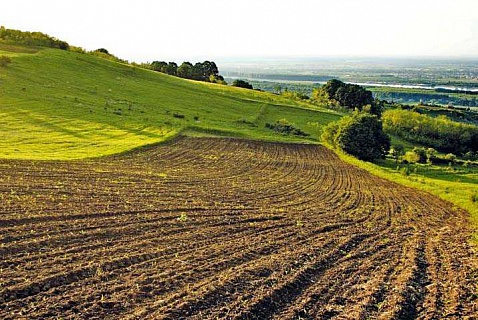
What is fallow farming?
In Kazakhstan, the fallow lands occupy 5.6 million hectares, while in Siberia, for example, up to 4.2 million hectares are allocated for fallow lands. And spring wheat is mainly sowed in this way. And there are good reasons for that, if one observes all the requirements, the harvest of crops from pure, well-treated fallow can be harvested at least 2 times higher yields than that of its non-fallow predecessors. What is fallow farming? This term means a field on which no work is carried out during a certain period and no crops are cultivated. Fallow periods are most often applied for fields after grain crops, flax, sunflower, etc. harvest. At the same time, fallows are prepared for the next sowing, for this purpose, mechanical treatment of soil is carried out, as well as the use of herbicides and fertilizers, which effectively combat weeds and maintain good soil condition.
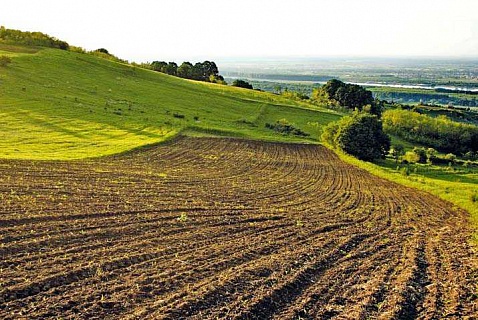
Photo by sdexpert.ru
Types of fallows
There are two types of fallows: bare fallow and sown fallow. And each of these types is divided into several other subtypes. Thus, clean fallow includes bare and spring fallows, but sown fallows are divided into three types - fully sown fallow, tilled sown fallow and green fallow. There is also a separate type of fallow - coulisse-strip fallow. This is a transition from clean to sown fallow. What is clean fallow, then? It's a field, free of all sorts of plants throughout the fallow period until the winter or spring crops are sown. For regions where there is a moisture deficit of cultivated plants, clean fallows are the most effective. In addition, it is used in fields where there is a lot of weeds of all kinds. But in those areas where there are no moisture problems, clean fallow is recommended to improve soil conditions. For example, if fields are too contaminated or if the soil is too rocky to get rid of stones, the biological activity of the soil increases, the processes of mineralization of organic matter are accelerated. It is clean fallow in those grain sowing regions where steppe prevails that precedes spring wheat cultivation. After clean fallow, 1.5-2.5 times more water is accumulated than in non-fallow predecessors. Thus, in the north of our republic, this type of fallow is designed to yield the first crop at 20-25 centners and the second at least 15 centners/ha.
At the same time, if the agrarians started to till the soil in autumn, immediately after the harvesting campaign and it continues until sowing, this type of fallow period is called bare, and if such work with the soil started in spring, it will be a spring fallow. It is resorted to in areas with short autumn and where there is no time for soil cultivation. Also, do not forget about the stubble field, which reduces the negative effects of wind erosion and has a good effect on snow accumulation. Still, bare fallow is more effective, the fact that it allows one to accumulate moisture many times more in the autumn-winter and spring periods. There is also more time left for preparatory work.
Sown fallow
This type of fallow implies the use of a field in the spring, when it is sown with a so-called fallow crop, with the field being released early. Early-ripening fallow crops literally prevent weeds from growing. The soil is then cultivated and the field is ready to be used for sowing winter and spring crops. Therefore, the soil is cultivated twice: before sowing the fallow crops and after harvesting them before sowing other crops. This type of fallow land in areas with no moisture problems plays a key role in increasing grain and fodder production. This type of fallow is mainly used where there are no weeds and where the right amount of fertilizer is used. All this has a positive impact on the productivity of the fields used and, as a result, an increase in agricultural yield compared to crop rotations with clean fallow. As it has already been noted, this type of fallow includes three types: fully sown fallow, tilled fallow and green fallow.
Coulisse-strip fallow
There is also coulisse-strip fallow. In this case the arable land is partly allocated to high stem crops such as maize or sunflower. And it is called so because of the word "coulisse", meaning two- and three-row strips or coulisse and such crops, which are sown on the width of the sowing machine. And they sow crops perpendicular to the direction of winter winds, so that they detain snow, so that it is evenly distributed in the field. Therefore, this type of fallow is used in dry areas to create conditions for moisture conservation.







































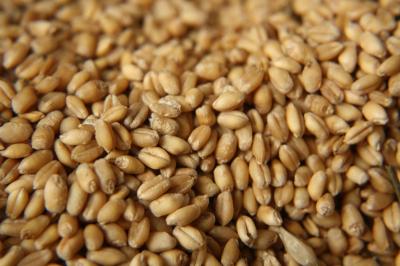
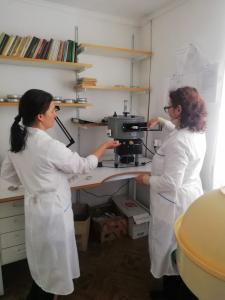

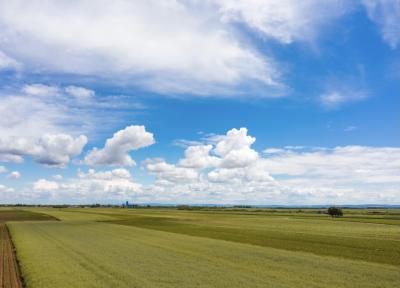
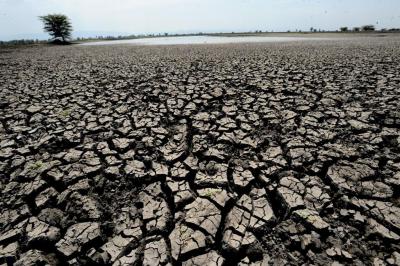


Обсуждение